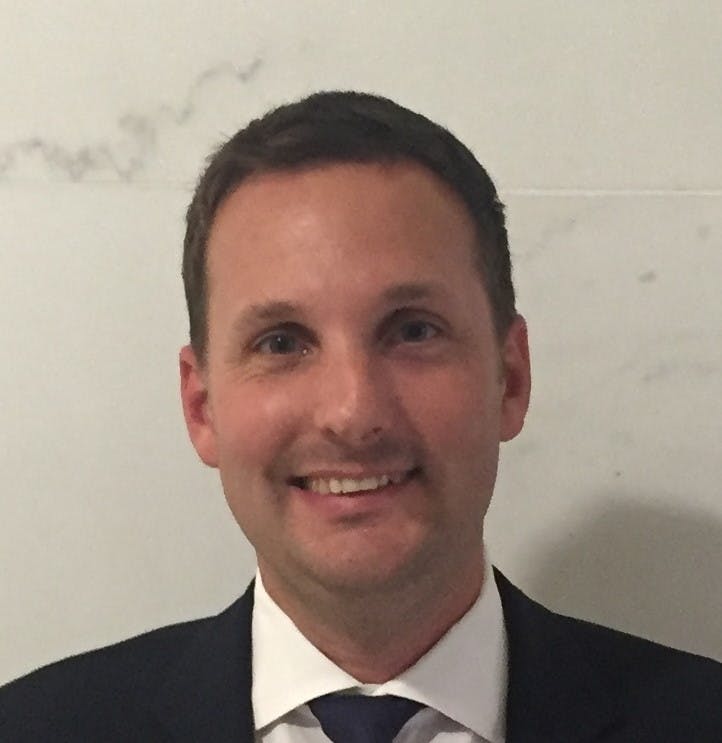Tri-City Multi-jurisdictional Local Hazard Mitigation Plan
This project is complete. The Tri-City Multi-jurisdictional Local Hazard Mitigation Plan was adopted by the City of Fremont City Council on November 12, 2024, and is approved by the Federal Emergency Management Agency.
About the Project
Purpose & Scope
The Tri-City Multi-jurisdictional Local Hazard Mitigation Plan is a partnership among the City of Fremont, City of Newark, City of Union City, Alameda County Water District, and Union Sanitary District (the "Participating Jurisdictions") to reduce long-term risk and loss to people and property in the Tri-City area, and bolster community resilience in the face of future natural disasters. The scope of the plan will address various natural hazards, including:
- Earthquake
- Wildland/Urban Interface Fire
- Severe Weather & Climate Change
- Flood
- Tsunami
- Dam Failure
- Sea Level Rise
- Landslides
Background
In 2021 the Fremont Fire Department’s Office of Emergency Services partnered with the emergency management offices of the Cities of Newark and Union City, Alameda County Water District, and Union Sanitary District to apply for Federal Emergency Management Agency (FEMA) funding to complete the new Tri-City Multi-jurisdictional Local Hazard Mitigation Plan. In October 2022, the City of Fremont City Council unanimously accepted the funding. In February 2023, following a competitive solicitation - and joint selection of a consultant by a panel of emergency management professionals from each of the partnering local jurisdictions above - the City of Fremont City Council authorized award of a contract to Foster Morrison Consulting, Ltd.
Project Governance
Under the direction of the Project Manager, Foster Morrison is contracted to facilitate the planning process, assess natural hazard risk, analyze potential consequences, document prioritized mitigation strategies and proposed public investments, and prepare the plan. Stakeholder and public input will guide the development of the plan.
The Project Team consists of emergency management professionals from each of the partnering jurisdictions. The Project Team meets regularly to oversee the project, advising the Project Manager.
A Planning Committee consists of representatives of: the five partnering local jurisdictions (spanning disciplines such as public safety, public works, emergency management, and administration); other local, State, and Federal agencies; non-governmental organizations; other key stakeholders; and the public.
Public Engagement
The public has an essential role in the planning process, and is encouraged to attend and participate in Public Meetings. Planning Committee Meetings are also open to interested members of the public. Specific meeting times and locations are posted at the top right of this page (please select the meeting links for times and locations).
A public engagement survey asks Fremont, Newark, and Union City residents and visitors about their perception of natural disaster risk in the Tri-City area, past experiences, and recommendations on ways to reduce future natural disaster risk. The survey also asks about individual and household emergency preparedness. The short survey takes a few minutes to complete.
A draft of the 2024 Tri-City Multi-jurisdictional Local Hazard Mitigation Plan will be posted to this website on January 19, 2024 for review and comment by the public and all interested stakeholders. The deadline to provide comments on the draft is February 16, 2024.
Project Outcomes
Planned project outcomes include the following:
- Meet Federal and State requirements to update existing local hazard mitigation plans. The new plan will supersede the City of Fremont 2016 Local Hazard Mitigation Plan and the 2017 Union City/Newark Multi-Jurisdiction Hazard Mitigation Plan, while meeting all requirements of the Disaster Mitigation Act of 2000 (Robert T. Stafford Act, 44 CFR Part 201) and FEMA's 2022 Local Hazard Mitigation Planning Policy Guide (effective April 2023). Hazard mitigation plans establish long-term strategies to reduce losses from natural disasters and break the cycle of disaster damage, reconstruction, and repeated damage. Hazard mitigation is not how we respond to natural disasters like earthquakes, wildfires, and storms - but how we limit the adverse impacts of natural disasters in the first place.
- Develop an action framework to improve floodplain management, reduce flood risk to the community, and reduce flood insurance premiums for property owners. The new plan will ensure continued compliance with the FEMA National Flood Insurance Plan (NFIP) per FEMA guidance. The plan will incorporate elements to maximize Floodplain Management Planning credits under the NFIP Community Rating System (CRS), while outlining additional steps for each city to consider implementing following completion of the plan. These steps will be designed to enhance federally designated flood plain management activities under the CRS, in order to reduce community risk and reduce flood insurance premiums for property owners who are required, or elect, to maintain flood insurance.
- Incorporate Earthquake Modeling into the Plan. The consultant will model at least four earthquake scenarios involving, at minimum, the Hayward and San Andreas Faults. This analysis will include modeling of physical and economic damage to public and private property, to include shaking, liquefaction, and fire following earthquake. More detailed modeling of earthquake impacts to select, critical public facilities will also be included. Fire following earthquake modeling will incorporate various weather conditions (namely wind speed and direction), while considering factors such as post-earthquake water supply.
- Ensure plan alignment. The new plan will align with goals and objectives of the forthcoming 2023 State of California Hazard Mitigation Plan while integrating into respective cities' General Plan Safety Elements (in compliance with AB 2140), addressing climate adaptation and resilience (in compliance with SB 379), and dam failure risk in accordance with FEMA’s High Hazard Potential Dam (HHPD) program.
- Maintain eligibility for Federal and State hazard mitigation grant funding. Upon FEMA approval of the updated plan and adoption by each partnering jurisdictions' governing body, each city and utility district specified above will be eligible to receive funding under FEMA's Hazard Mitigation Assistance (HMA) funding programs.
The planning process is as important as the resulting plan. We envision a highly integrated planning process with active participation by the public and the numerous interested public agencies and community stakeholders. For the latest updates please subscribe and visit MyFremont.



